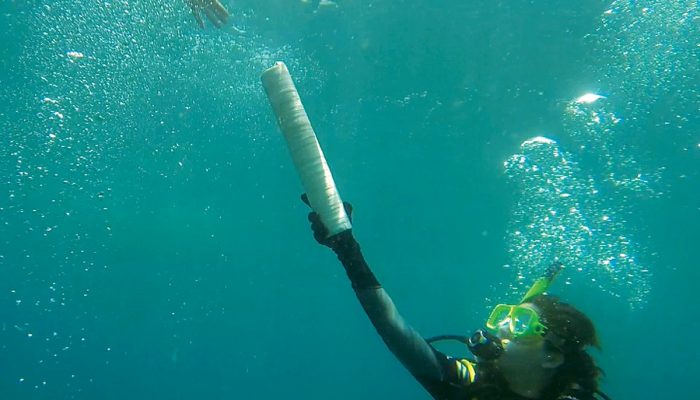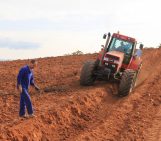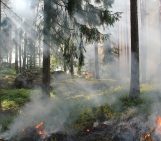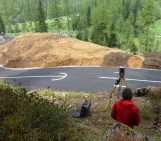
Reconstructing past climates is a tricky task at the best of times. It requires an ample data set and a good understanding of proxies. Add into the mix some underwater fieldwork and the challenge got a whole lot harder! In today’s Imaggeo on Monday’s post, Isaac Kerlow explains how information locked in corals can tell the story of past climates and how important it is, not only to carry out the research, but to communicate the results to the public! If you stick with this post until the end you’ll be rewarded with a super informative video too!
One of the main science communication initiatives at the Earth Observatory of Singapore (EOS) is about producing short films that showcase the scientific research of the principal investigators. The collection of films created by the EOS Art+Media group is called the “Knowledge Capsules” and they are free to view and download on the internet. On this occasion the filmmaking team travelled to Checheng, Southern Taiwan, to document and explain the field methods of the Marine Geochemistry team.
Creating a successful science film for a mainstream audience requires an understanding of the scientists’ methods, theories and goals. During principal photography that takes place during expeditions the filmmaking team needs to stay a step ahead of the game in order to capture the critical moments such as this image where Dr. Nathalie Goodkin passes a sample of Porites coral (a type of stony, finger-like, coral) to a scientist aboard the research vessel.
The Marine Geochemistry team at EOS investigates Earth’s climate history through the study of corals. This region is where the Kuroshio Current intrudes into the South China Sea. The team extracted samples of the Porites coral species that are approximately 300 to 500 years old, as well as seawater in which these corals grow. Because the chemical composition of corals depends on the seawater in which they grow, analysing the coral samples can give an indication of the temperature and salinity of the surrounding seawater. With these results, the team is able to reconstruct global climate systems throughout several centuries.
By Isaac Kerlow, Earth Observatory of Singapore
Imaggeo is the EGU’s online open access geosciences image repository. All geoscientists (and others) can submit their photographs and videos to this repository and, since it is open access, these images can be used for free by scientists for their presentations or publications, by educators and the general public, and some images can even be used freely for commercial purposes. Photographers also retain full rights of use, as Imaggeo images are licensed and distributed by the EGU under a Creative Commons licence. Submit your photos at http://imaggeo.egu.eu/upload/.




